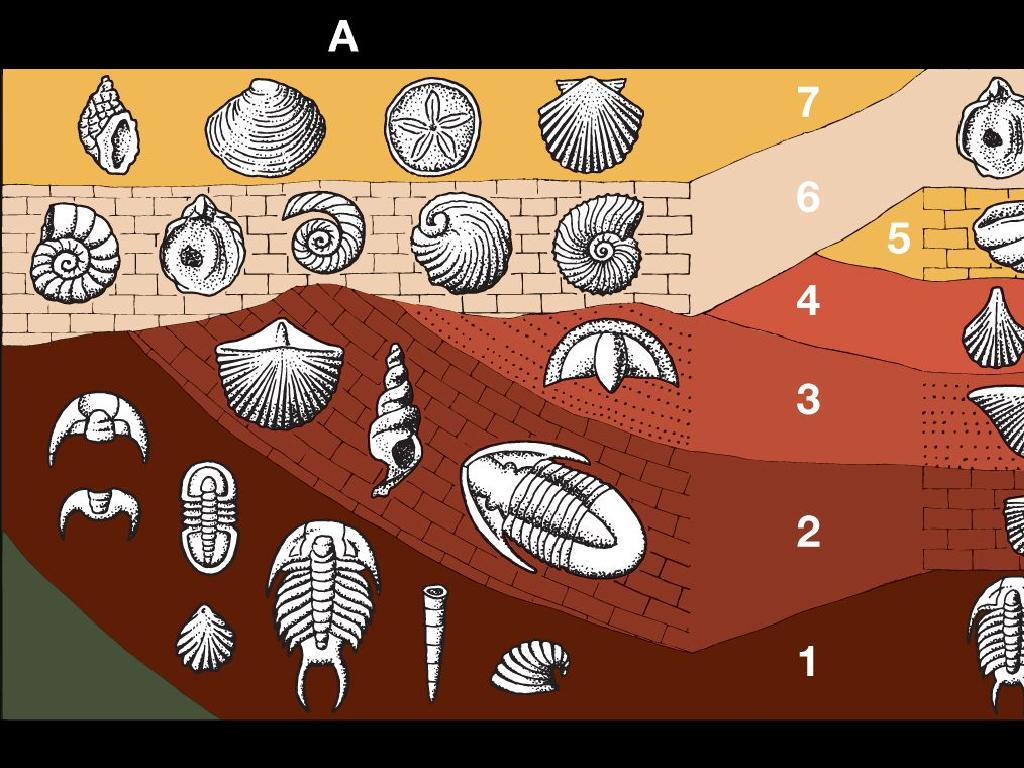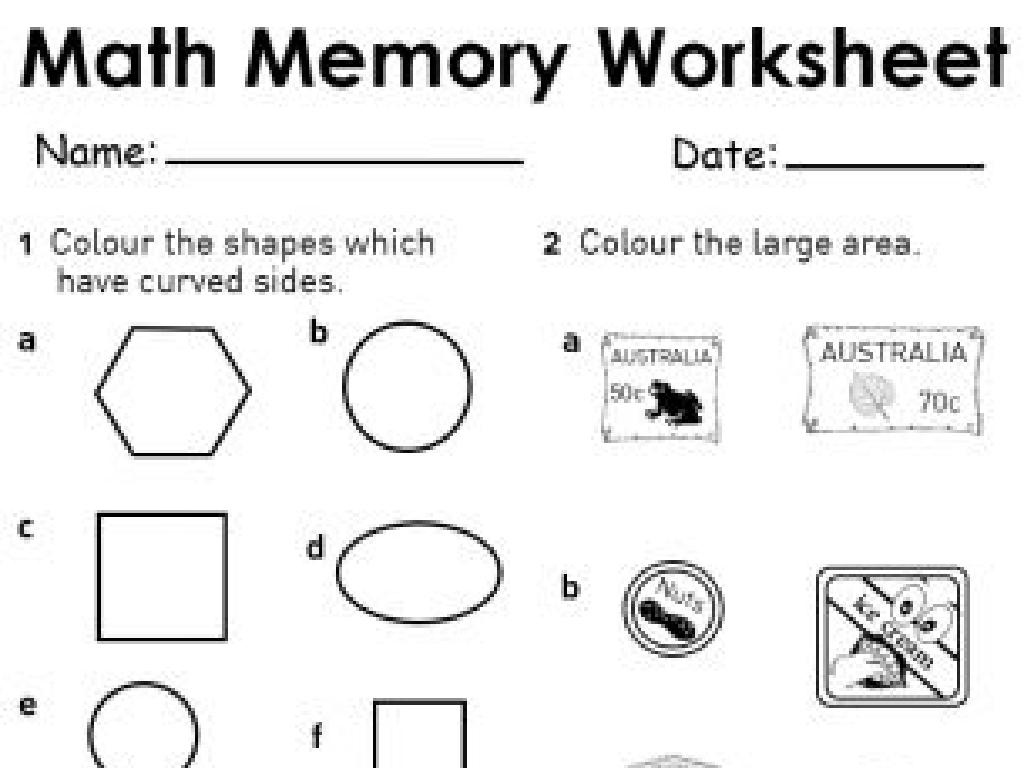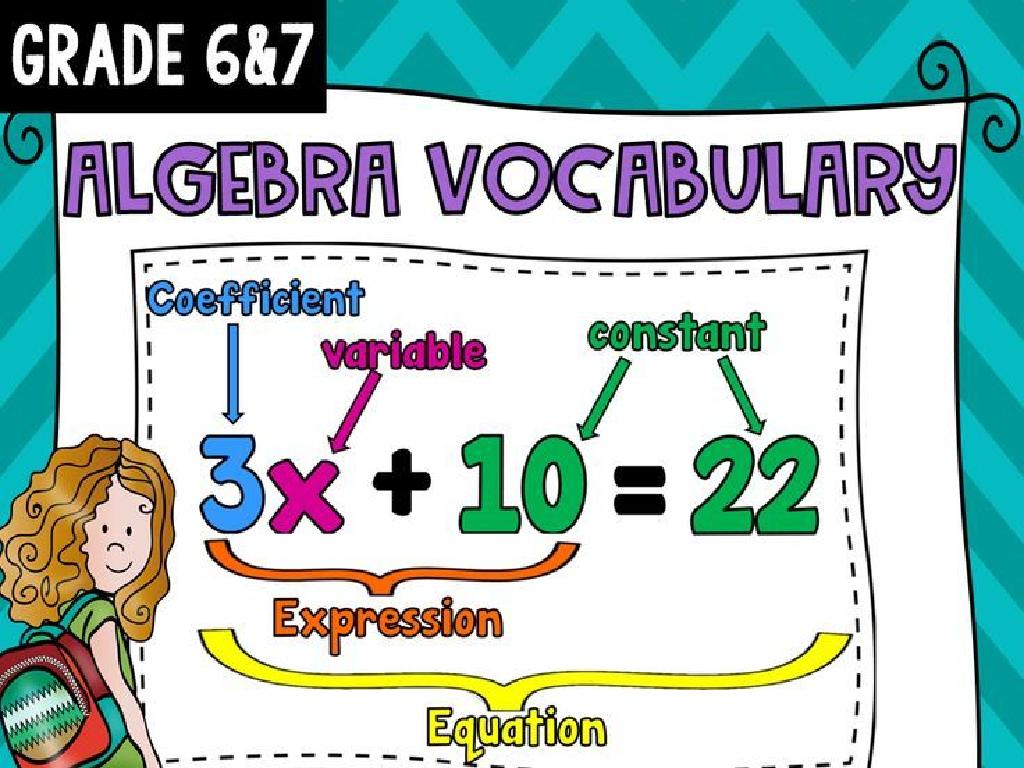Name Countries Of Europe: Region 2
Subject: Social studies
Grade: Eighth grade
Topic: Europe: Geography
Please LOG IN to download the presentation. Access is available to registered users only.
View More Content
Exploring Europe: Region 2
– Europe’s diverse geography
– A continent with varied landscapes, from mountains to plains
– Region 2: Central Europe
– Countries like Austria, Poland, Czech Republic, and Hungary
– Unique features of Region 2
– Home to the Alps, Danube River, and historical sites
– Cultural significance in Europe
|
This slide introduces students to the geographical diversity of Europe, with a special focus on Region 2, which includes Central European countries. Highlight the physical features such as the Alps and the Danube River, as well as the rich history and culture that make this region unique. Discuss the importance of these countries in European history and their role in the continent’s cultural mosaic. Encourage students to think about how geography influences culture and history. Provide examples of how the physical landscape has shaped the development of the countries in Region 2.
Exploring Europe: Region 2 Countries
– Locate Region 2 countries on a map
– Cultural diversity in Region 2
– Each country has unique traditions, languages, and histories
– Quick facts: language, capital, and currency
– For example, France’s capital is Paris, language is French, and currency is Euro
– Discuss the significance of each country
|
This slide aims to familiarize students with the countries in Europe’s Region 2, which includes nations such as France, Belgium, Luxembourg, and the Netherlands. Start by showing a map to help students identify where these countries are located. Highlight the rich cultural diversity, emphasizing the different languages, cuisines, and historical backgrounds. Share quick facts about each country, such as the official language, capital city, and currency. Engage students by discussing the global influence and significance of these countries in various domains such as politics, science, and the arts. Encourage students to research more about one country and present their findings in the next class.
Geography of Europe: Region 2
– Major mountains, rivers, and lakes
– Explore the Alps, Danube River, and Lake Geneva
– Climate and natural resources
– Discuss Mediterranean climate and olive oil production
– Geography’s impact on lifestyle
– How mountains and rivers influence trade and culture
– Case study: A country in Region 2
– Example: Italy’s geography and its cultural significance
|
This slide aims to explore the physical geography of Europe’s Region 2, which includes features such as the Alps, the Danube River, and Lake Geneva. Discuss the Mediterranean climate prevalent in this region and how it allows for the cultivation of olives, leading to olive oil production. Highlight how the geographical features shape the lives of people, affecting everything from trade routes to cultural practices. Use Italy as a case study to illustrate the relationship between geography and lifestyle, emphasizing how the country’s mountains, coastlines, and rivers have contributed to its rich cultural heritage and economic activities. Encourage students to think about how geography can influence their own lives and the development of societies.
Political Borders in Europe: Region 2
– Understanding political borders
– Borders define a country’s territory and can change due to historical events.
– The European Union’s role
– The EU facilitates trade, movement, and policy between member countries.
– Borders’ impact on culture
– Cultural exchange flourishes where borders allow free movement of people and ideas.
– Case study: Region 2 countries
– Explore how Region 2 countries interact within the EU and with neighbors.
|
This slide aims to explain the concept of political borders and their significance in Europe, particularly in Region 2. Begin by discussing what political borders are and how they are established. Highlight the role of the European Union in shaping the political landscape of its member countries, including those in Region 2, and how it affects trade, governance, and citizen movement. Emphasize the importance of borders in cultural exchange, as they can either hinder or promote the sharing of culture, language, and traditions. Use specific examples from Region 2 countries to illustrate these points, such as how the Schengen Area has enabled easier travel and cultural exchange. Encourage students to think about how living in a border region might influence one’s daily life and cultural identity.
Cultural Highlights of Europe: Region 2
– Diversity of languages
– Region 2 includes languages such as French, German, and Italian.
– Historical landmarks
– Landmarks like the Eiffel Tower and the Colosseum tell stories of the past.
– Festivals and traditions
– Oktoberfest in Germany, Carnival in Venice are key celebrations.
– Cultural significance
|
This slide aims to give students a glimpse into the rich cultural tapestry of Europe’s Region 2. Highlight the variety of languages spoken across different countries, emphasizing the importance of language as a part of cultural identity. Discuss famous historical landmarks, encouraging students to research their historical significance and the events that took place there. Explore cultural festivals and traditions, discussing how they reflect the values and history of the people. Use this opportunity to show the interconnectedness of culture, history, and geography in shaping the identity of a region.
Economic Overview of Europe: Region 2
– Region 2’s key industries
– Manufacturing, tourism, and agriculture are vital sectors.
– Trade and economic cooperation
– Countries often trade goods like machinery, vehicles, and pharmaceuticals.
– Common currency usage
– Euro is widely used, facilitating easier trade among EU nations.
– Economic challenges faced
– Issues include unemployment, inflation, and debt in some areas.
|
This slide provides an economic snapshot of Europe’s Region 2, highlighting the main industries that drive the economy, such as manufacturing, which includes automotive and aerospace sectors, tourism with its famous landmarks and cultural heritage, and agriculture with its diverse produce. Emphasize the role of trade agreements and economic partnerships in fostering cooperation between countries, leading to a robust trade network. Discuss the adoption of the Euro by many EU countries, simplifying transactions and economic policies. However, also address the economic challenges that persist, such as varying levels of unemployment across countries, inflation rates affecting the cost of living, and national debts impacting government spending and investment. Encourage students to think about how these economic factors influence daily life and international relations.
Class Activity: Mapping Europe – Region 2
– Engage in map labeling activity
– Identify Region 2 countries
– Focus on countries like France, Belgium, Netherlands, Luxembourg, and Germany
– Label countries on interactive map
– Discuss geographical literacy
– Understanding maps is key to global awareness and cultural understanding
|
This interactive class activity is designed to help students learn about the countries in Europe’s Region 2 through hands-on experience with an interactive map. Provide students with a blank map of Europe and guide them to identify and label countries such as France, Belgium, Netherlands, Luxembourg, and Germany. Emphasize the importance of geographical literacy as a skill that enhances our understanding of world events, cultures, and global relations. Encourage students to discuss why knowing about different regions and their countries is important in today’s interconnected world. Possible variations of the activity could include working in pairs or small groups, using digital tools to explore the map, or presenting interesting facts about each labeled country.
Conclusion: Exploring Europe’s Diversity
– Recap of European countries in region 2
– Significance of regional knowledge
– Understanding Europe’s regions helps appreciate cultural & political diversity.
– Encourage student questions
– Reflect on today’s discoveries
– Think about how this knowledge might be useful in the future.
|
As we wrap up today’s lesson on the countries of Europe’s region 2, it’s crucial to revisit the main points and ensure students have a clear understanding of the material covered. Emphasize the importance of recognizing the distinct regions of Europe, as this knowledge fosters a deeper appreciation for the continent’s rich cultural and political diversity. Open the floor for students to ask any lingering questions or share their thoughts, which can lead to a more interactive and reflective classroom environment. Encourage students to consider how this geographical knowledge might be applicable in their future studies or travels. This reflection time is also an opportunity for the teacher to assess student engagement and comprehension.






